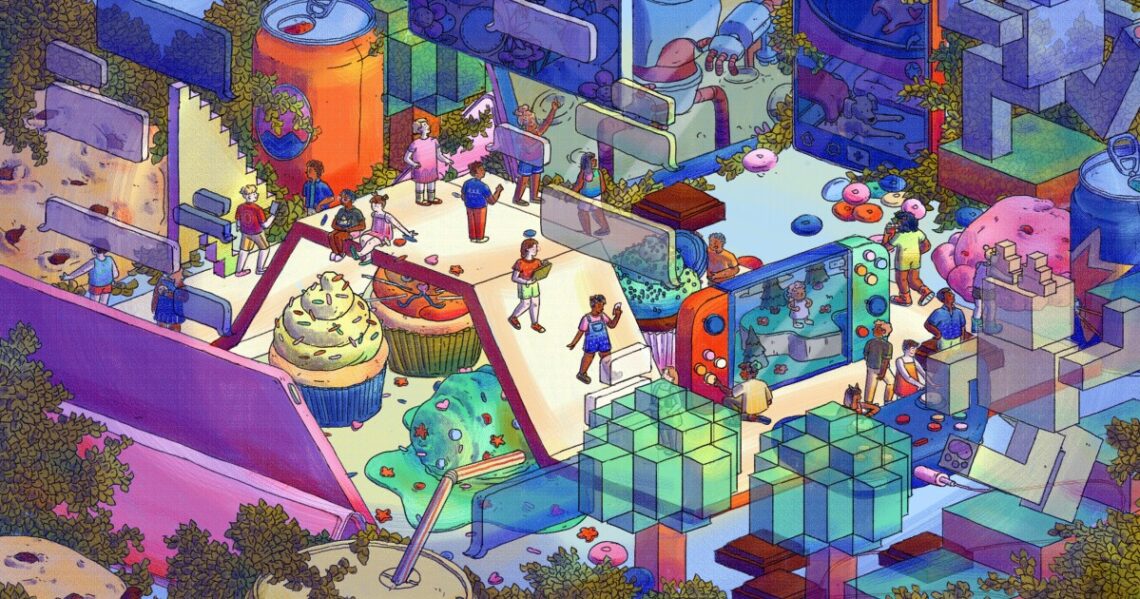Back when my daughter was a toddler, I would make a joke about my phone: “It’s a drug for her,” I’d say to my husband. “You can’t even show it to her without causing a tantrum.”
She had the same reaction to cupcakes and ice cream at birthday parties. And as she grew older, another craving set in: cartoons on my computer.
Every night, when it was time to turn off the screen and get ready for bed, I would hear an endless stream of “But Mamas.” “But Mama, just five more minutes. But Mama, after this one show … but Mama … but Mama … but Mama.”
Given these intense reactions to screens and sweets, I assumed that my daughter loves them. Like, really loves them. I assumed that they brought her immense joy and pleasure. And thus, I felt really guilty about taking these pleasures away from her. (To be honest, I feel the same way about my own “addictions,” like checking social media and email more than a hundred times a day. I do that because they give me pleasure, right?)
But what if those assumptions are wrong? What if my daughter’s reactions aren’t a sign of loving the activity or the food? And that, in fact, over time she may even come to dislike these activities despite her pleas to continue?
In the past few years, neuroscientists have started to better understand what’s going on in kids’ brains (and adult brains, too) while they’re streaming cartoons, playing video games, scrolling through social media, and eating rich, sugar-laden foods. And that understanding offers powerful insights into how parents can better manage and limit these activities. Personally, I call the strategy “anti-dopamine parenting” because the ideas come from…
Read the full article here







